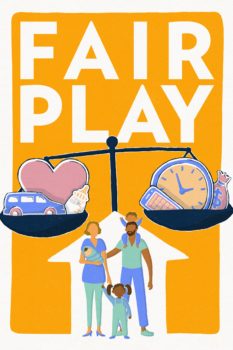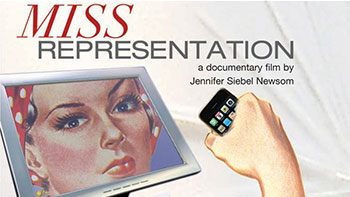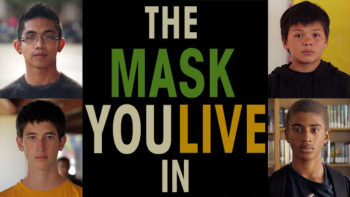
Many are familiar with the virgin/whore dichotomy, which details that women fit neatly into the role of either an innocent, passive, selfless good girl or a hedonistic, morally-void, sensual bad girl. Unsurprisingly, these roles do not reflect reality, nor do they provide a sustainable framework from which we can appreciate the immensely nuanced lives of women.
Julia Sereno, in her essay in Yes Means Yes, goes one step further and suggests that men are also subjected to cultural restraints, which she calls the asshole/nice guy dichotomy. (Note: She isn’t referring to the Nice Guy trope discussed in online feminist communities). Serano explains that both the virgin/whore and asshole/nice guy dichotomies frame sexuality in terms of predator and prey. The ideal man is understood to be an aggressive asshole, or predator, and the ideal woman is understood to be an innocent object, or prey. Men who behave as aggressors are considered appropriately masculine, while women who behave passively are considered appropriately feminine. Conversely, men who are gentle and non-objectifying toward women are perceived as having deviant masculinity, just as women who refuse to be passive are perceived as having deviant femininity.
Indeed, the predator/prey stereotypes for masculinity and femininity are pervasive in popular media – and they are dangerous and damaging to both men and women. When we understand one another only through the myopic lens of these stereotypes we risk exacerbating slut-shaming behaviors, normalizing violence, and reinforcing unwarranted fears.
Those in the media who dare to buck the trend of asshole masculinity and innocent femininity exhibit no small amount of courage. When we are offered empowering stories of independent women or sensitive men, let’s celebrate them as small acts of meaningful change. And lets demand more.
Stephanie Stroud is a Media Intern at MissRepresentation.org. Follow her online @stroud109



